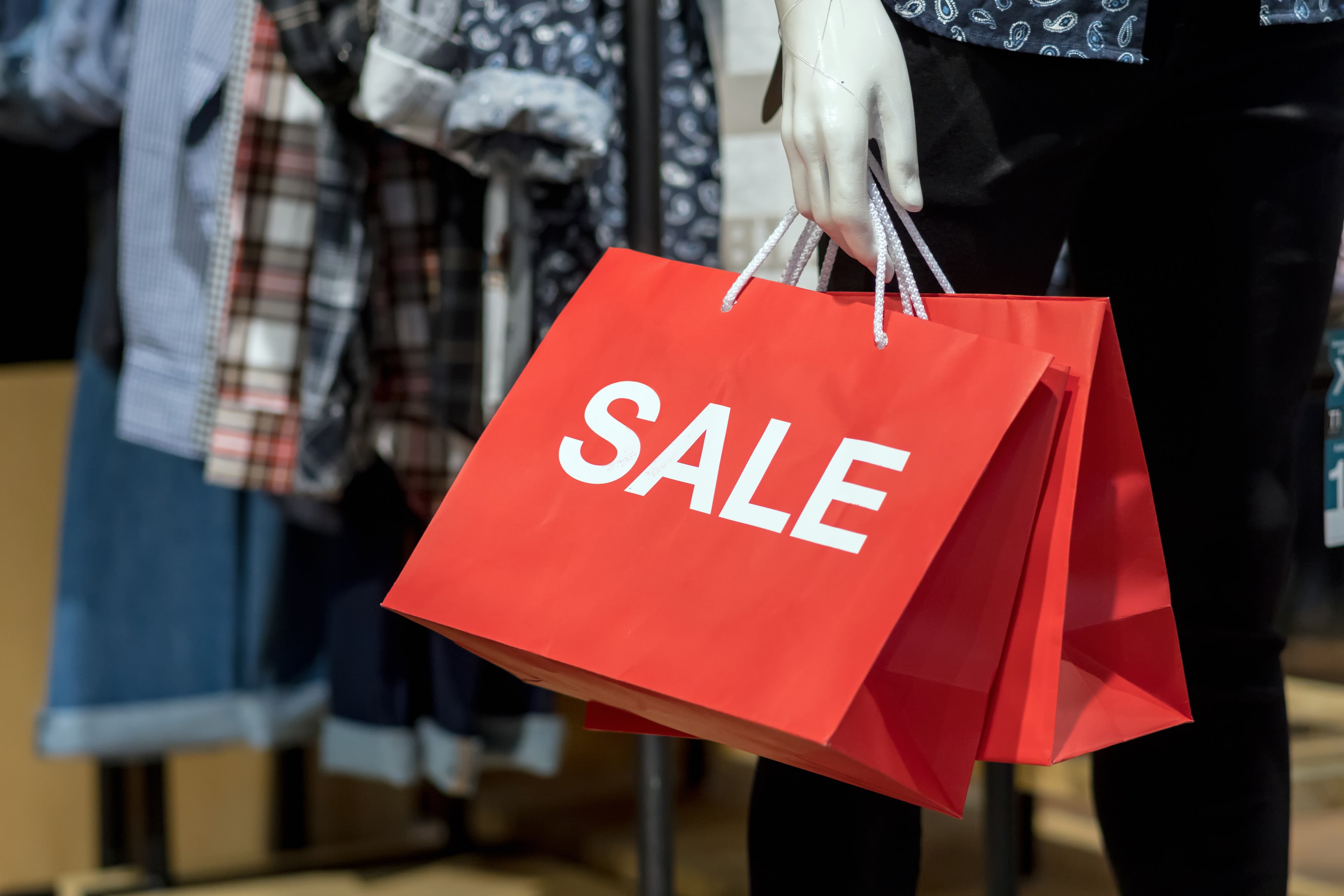Back in the 1980s, many stores sold generic products that were truly generic. The packaging was stark, often black and white, with limited to no branding -- your box of Crispy Hexagons cereal might have the store's name or logo on it in a very minor way, while the roll of generic paper towels might say nothing more than "Paper Towels."
You can still find such items on store shelves, but in recent years, that style of unmarketing has widely given way to the use of private labels. These are products made for or by retailers under exclusive brand names they create. Target (TGT 1.05%) has filled its stores with private-label products across every category from home goods and furniture to underwear. Most other retailers have at least one house brand, such as Costco's Kirkland Signature and Whole Foods' 365 Everyday Value.
Using multiple private labels has been a huge success for Target. The strategy -- which includes house brands like Hearth & Hand, for which it partners with Chip and Joanna Gaines -- has given the company labels that it controls, and that have growing customer equity.
Amazon (AMZN +0.26%) has tried to follow Target's lead, but while it has created hundreds of private labels, the strategy hasn't been nearly as successful for the e-commerce giant, according to a recent Marketplace Pulse study. In fact, it turns out that Amazon has had better results with something more akin to the old-school generic model.

Amazon has done well with its self-branded electronics but has struggled with other private labels. Image source: Getty Images.
Inside Amazon's private labels
Amazon has built more than 400 exclusive brands, some of them through third-party partnerships, but almost none have gained traction with consumers. Based on the Market Pulse research, the company's 10 most successful private-label brands account for 81% of its private-label sales. And of those, its best performer by far is the AmazonBasics line -- a throwback to the old generics concept: While that brand is used on only 5% of the company's 23,000-plus private-label items, it delivers 57.8% of its private-label sales.
"The popular narrative has been that by utilizing internal data, Amazon can launch its brands in many categories and capture most of the category's sales," wrote Market Pulse. "So far there is no evidence of this working. Amazon has been successful selling basics under AmazonBasics and Amazon Essentials, but none of those products are obviously data-driven and instead appear to mimic the basics strategy other retailers use for their private label brands."
Basically, Amazon has been able to leverage consumers' trust in its own name to sell commoditized products like batteries, smartphone accessories, simple kitchenware, and such. What it has been unable to do is use its vast storehouse of information about customers and their habits to build traction for its other labels.
Check out the latest earnings call transcript for Amazon.
Success or failure?
If you factor out Amazon's Echo, Kindle, and its other self-branded electronics, along with the various Whole Foods private labels, the company generated less than $1 billion in sales across its private labels in 2018. That's a tiny sliver of revenue for a company that had $122.9 billion in retail sales last year.
When you look at the whole picture, however, the company's private label businesses had $7.5 billion in 2018 sales, and that number is forecast to $25 billion by 2022, according to estimates from investment firm SunTrust's Robinson Humphrey. From that perspective, it doesn't appear that Amazon's private label efforts have failed -- its simply that they've succeeded mostly by leveraging the company's own name.
Private labels have not been the powerful force for Amazon that they have been for Target. This may well be related to the fact the company lacks a significant brick-and-mortar presence outside of Whole Foods. Target can put its private labels in prominent displays, and consumers can examine them in person to get a sense of their quality. Having stores gives these brands a platform, and that's something Amazon can't duplicate.
Amazon, it should be noted, hasn't done much marketing for its private labels. It's possible that it displays search results for them more prominently, but it has not run ads for them, nor found creative ways to bring them attention. Target, by contrast, has done both of those things.
If Amazon wants to continue developing house brands, it might be better off culling their numbers, focusing on establishing a few labels, and putting a bit of marketing weight behind them. Its current strategy of throwing a few hundred private-label identities at the wall to see what sticks with customers is not getting the job done.








